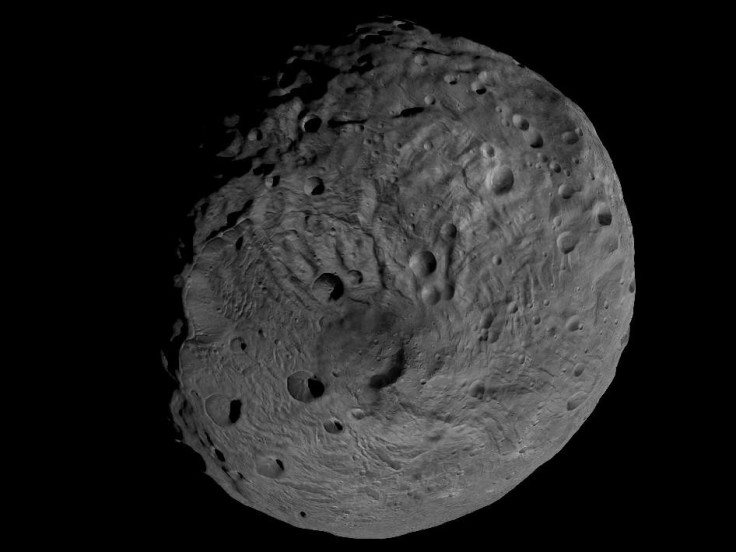NASA's Dawn: Asteroid Vesta May Have Water Ice

Astronomers from NASA have discovered a giant asteroid - Vesta - that is expected to have water ice. They believe Vesta may have stayed frozen for billions of years. This is contrary to earlier Earth-based observations that the surface of the Vesta is dry.
The information was transmitted from NASA's Dawn spacecraft, which entered into orbit around Vesta in July.
The asteroid is reportedly the second largest object in the asteroid belt between Mars and Jupiter and is approximately 480km (300 miles) in diameter. It doesn't have a permanent shadow because its axis is tilted to roughly 27 degrees, meaning the asteroid sees seasons similar to the ones we experience on Earth. As a result, almost every part of Vesta's surface is expected to see the Sun, at some point during the year.
The average temperature on Vesta is, however, around minus 190 degrees Fahrenheit... the reason why water ice is able to survive in the soil.
According to the astronomers, the presence of water ice on Vesta gives us an idea about the tiny world's formation and evolution, its history of bombardment by comets and its interaction with the environment in surrounding space. Furthermore, the fact that Vesta may have reserves of water ice could lead to a greater understanding of the solar system.
Meanwhile, the Dawn is also investigating the role of water in the evolution of planets, by studying Vesta and Ceres... two bodies in the asteroid belt that are considered remnant protoplanets (young planets whose growth was interrupted when Jupiter formed).
The spacecraft is looking for water using the Gamma Ray and Neutron Detector (GRaND) spectrometer, a data collection process well suited to the Dawn's current low orbit position.
"On average, it's colder at Vesta's poles than near its equator, so in that sense, they are good places to sustain water ice," said Timothy Stubbs from NASA's Goddard Space Flight Center, "But they also see sunlight for long periods of time during the summer seasons, which isn't so good for sustaining ice. So if water ice exists in those regions, it may be buried beneath a relatively deep layer of dry regolith."
"Hopefully, we'll know in the next few months whether the GRaND spectrometer sees evidence for water ice in Vesta's regolith. This is an important and exciting time in planetary exploration," he added.
"Our perceptions of Vesta have been transformed in a few months as the Dawn spacecraft has entered orbit and spiraled closer to its surface," said Lucy McFadden, a planetary scientist at NASA Goddard, "More importantly, our new views of Vesta tell us about the early processes of solar system formation. If we can detect evidence for water beneath the surface, the next question will be is it very old or very young, and that would be exciting to ponder."
© Copyright IBTimes 2025. All rights reserved.





















